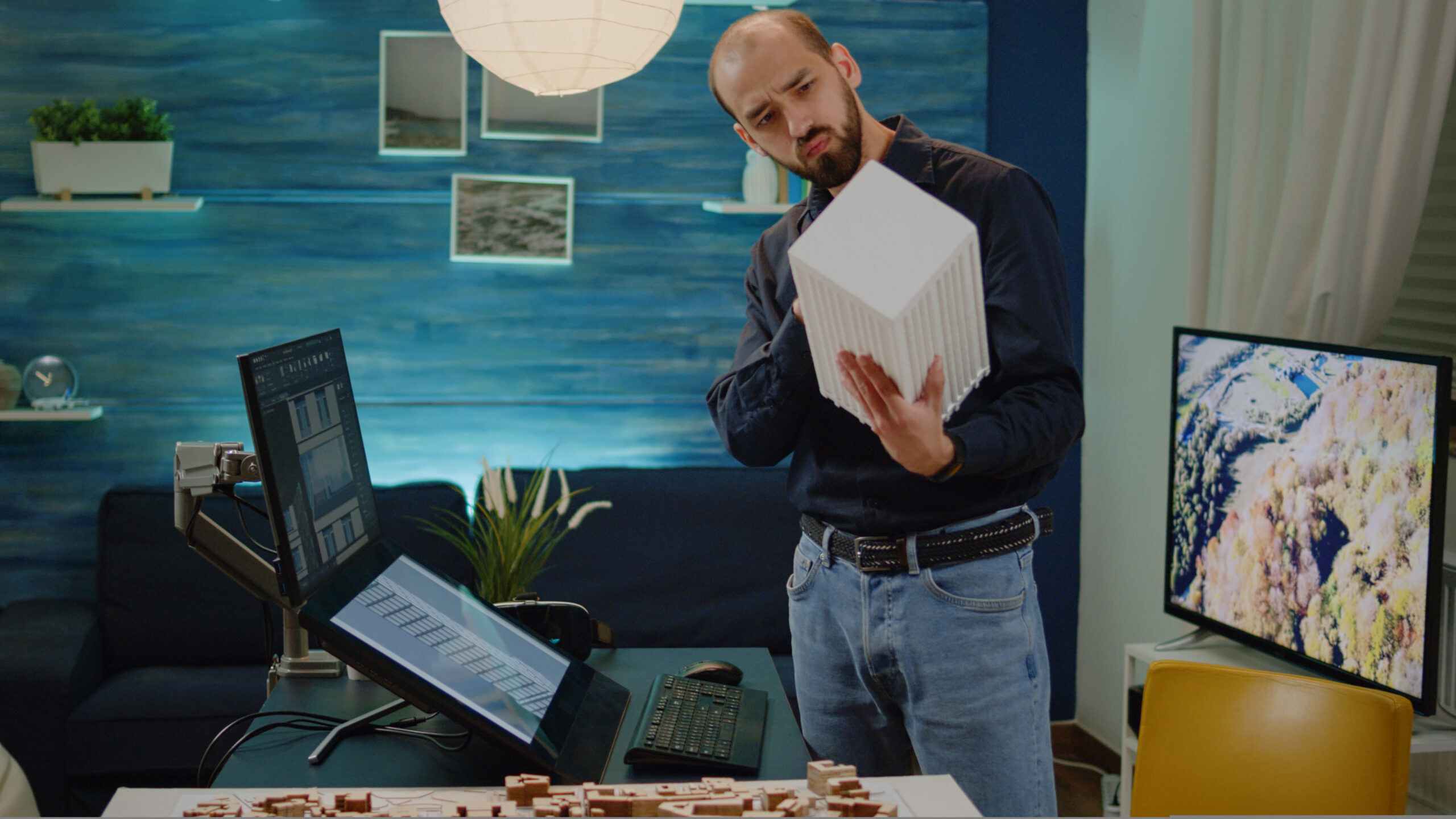Introduction
The Intersection of Digital Technology and Architecture
Imagine if designing a mobile app was like designing a cathedral — every tiny detail, every arch, every stained glass window thoughtfully planned for both beauty and utility. That’s what happens when digital technology meets architectural thinking. It’s about merging vision, structure, and experience into something that’s not just functional, but truly inspiring. In this article, Bringing digital technology out by thinking like an architect means designing with vision, structure, creativity, and user focus.
Why This Comparison Matters Today
In today’s fast-paced tech world, rushing to build “something that works” is tempting. But those who pause, plan, and design with an architect’s mindset create experiences that stand the test of time. Just like a beautifully constructed bridge, well-designed technology carries people — and businesses — farther.
Understanding the Architect’s Mindset
Vision and Blueprint Thinking
Architects start with a vision, not a hammer. They sketch, imagine, and blueprint every inch before laying a brick. Similarly, digital innovators must think in frameworks and flows before diving into code.
Problem-Solving with Creativity
When challenges arise (and they always do), architects don’t demolish the building; they find clever ways to reinforce it. In tech, creative problem-solving separates the trailblazers from the short-lived trends.
Emphasis on User Experience
A house isn’t just walls and a roof; it’s how it feels to live inside it. Likewise, the true measure of digital products is how users experience them — intuitively, comfortably, happily.
How Digital Innovators Mirror Architectural Thinking
Digital Blueprints: Mapping User Journeys
Before building the app, the best developers map the user’s journey like an architect sketches a guest’s path through a home. How easy is it to move? Is everything in the right place? That’s blueprint thinking.
Building Layer by Layer: Iterative Development
Like adding floors to a skyscraper, good technology grows through careful, phased development. Each “floor” — or feature — builds on a strong foundation.
Designing for the Future, Not Just the Present
Architects anticipate weather, wear, and changes in use. Digital builders must also think ahead: Will the system scale? Will it still be relevant tomorrow?
Core Principles Shared by Architects and Digital Technologists
Systems Thinking and Integration
An architect knows that pipes, electricity, and ventilation must work together seamlessly. In tech, APIs, databases, and interfaces must harmonize or the whole system collapses.
Balance Between Form and Function
No one wants a gorgeous house that leaks or an ugly app that confuses users. Finding the sweet spot between beauty and usability is key.
Embracing Constraints as Creative Challenges
Limited space, budget, or time? Architects turn limits into innovations. In tech, constraints fuel smarter designs and more resilient systems.
Real-World Examples of Architectural Thinking in Tech
Apple’s User-Centric Product Design
Steve Jobs was obsessed with user experience, demanding intuitive devices that “just worked.” Apple’s meticulous approach to hardware and software mirrors architectural precision.
Smart Cities and IoT Networks
Designing interconnected, efficient smart cities demands architectural-level planning — anticipating human behaviors, integrating networks, and building flexibility into infrastructure.
Sustainable Software Architecture
Modern software needs to be sustainable, just like green buildings. Scalable systems, modular code, and efficient updates keep technology eco-friendly and durable.
Why Businesses Should Adopt the Architect’s Approach to Digital Innovation
Future-Proofing Products and Services
When you design with tomorrow in mind, you don’t just solve today’s problems; you create adaptable foundations ready for growth and change.
Enhancing Customer Satisfaction
Great design makes people’s lives easier. Satisfied users become loyal users — and loyal users grow your brand like nothing else can.
Reducing Waste Through Better Planning
Jumping into tech projects without blueprints wastes time, money, and morale. Like a well-planned building, thought-through digital projects minimize costly rework.
Conclusion
Bringing digital technology out thinking like an architect isn’t about literally drawing blueprints — it’s about mindset. It’s the art of planning boldly but building wisely. By seeing beyond the immediate task and imagining the entire experience, today’s digital innovators can craft technologies that aren’t just tools but timeless experiences. Whether you’re a startup founder, a product manager, or a solo developer, thinking like an architect might just be your secret weapon to creating something that lasts.
FAQs
How does an architect’s thinking differ from a programmer’s mindset?
Architects think big picture, focusing on user flow and long-term structure, while programmers often zoom in on specific tasks. Both are essential but serve different stages of the project.
Can companies train employees to think like architects?
Absolutely! Through workshops, design thinking exercises, and encouraging cross-disciplinary projects, teams can cultivate an architect-style vision.
What industries benefit the most from architectural thinking?
Technology, healthcare, urban planning, education, and e-commerce — really, any industry that aims to build lasting, user-friendly systems.
How can startups use architectural thinking to scale faster?
Startups that plan flexible, scalable systems from the beginning avoid costly rebuilds later, allowing them to grow seamlessly as demand increases.
What tools help in digital architectural planning?
Tools like Figma (for design), Lucidchart (for flow mapping), and Jira (for project management) bring architectural thinking into the digital world effortlessly.

